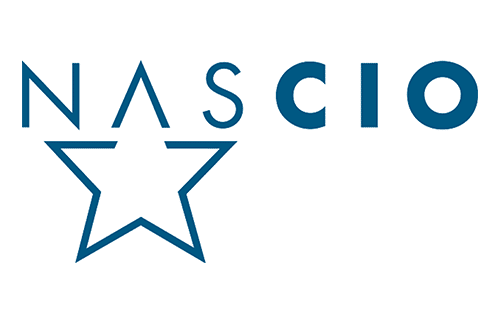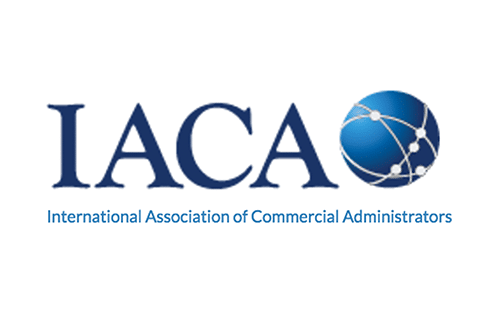Last year, we warned you about the “final rule” for making websites compliant with the Americans with Disabilities Act (ADA). The Department of Justice (DoJ) gave state and local agencies a deadline to conform to the World Wide Web Consortium’s (W3C’s) Web Content Accessibility Guidelines (WCAG), and now that date, April 24, 2026, is around the corner.
According to a recent NASCIO survey, progress is underway: 70% of states have incorporated digital accessibility into their overall missions, 52% are implementing plans, and 34% are developing them. Unfortunately, while their intentions appear to be earnest, the budgets allocated to make good on them have been insufficient—more than half feel they do not have enough funds to bring website accessibility up to ADA standards.
Can’t Afford ADA Compliance? You Can’t Afford Not to
We can only speculate on the reasons states aren’t putting their money where their mouths are, so to speak. Perhaps it is because budget committees underestimate the true cost of bringing websites up to WCAG codes. Maybe they consider other initiatives to be higher priority. Or, it could be that decision-makers don’t feel the same urgency regarding the looming deadline that state CIOs do.
Whatever the case, it will be far costlier in the long run if states don’t dedicate the appropriate resources to ADA website compliance. In addition to potential fines from the DoJ, agencies leave themselves vulnerable to ADA-related lawsuits, which have become a cottage industry over the years. One study found that 2,014 of these types of suits were filed in the first half of 2025 alone, a 37% increase from the same point last year. Another 356 have been filed in September. Although 2024 saw a slight decrease in ADA litigation from 2023, website accessibility accounted for 28% percent of the total number of ADA Title III lawsuits filed in federal court.
Three Components of Web Accessibility: 1) Technology, 2) Content, and 3) Architecture
Despite the financial risks, budgeters, finance departments, and a few holdout CIOs continue to postpone the inevitable, as if tackling the ADA website accessibility project is seen as eating the frog. However, if website accessibility feels like a daunting task, their fears are misplaced. Meeting W3C’s accessibility benchmarks doesn’t have to be complex or costly, nor does it need to break a state IT budget. And believe it or not, it’s very possible even for states that are late to the party to reach key ADA compliance guidelines before the current deadline.
For years, SimpliGov has powered the three key elements for website accessibility, particularly as it relates to form-driven services: 1) technology, 2) content, and 3) architecture flexibility.
The Features of a Comprehensible Layout
The technology piece is probably the most obvious to CIOs, ADA accessibility coordinators, and employees who are not steeped in website design. As we have noted before, digital forms and web pages must be equipped with larger fonts, diverse color contrasts, screen-reader compatibility, electronic signatures, and a high level of customization of images and texts in order for disabled citizens to clearly discern instructions, layouts, and other visual elements of forms. Equally important, agencies need the tools to quickly convert PDFs into HTML 5–based forms en masse and translate them into the native tongues of their constituent base.
ADA-Compliant Content Is Everyone’s Responsibility
Stakeholders may not understand the crucial role content plays in complying with digital ADA guidelines. As North Dakota CIO Corey Mock said recently, website accessibility is not an IT issue, “it’s a content problem … We’re having to adjust our content just as much as every other agency.”
Anyone responsible for creating a form, notification, or application for services that will potentially be used by disabled citizens must make sure that directions and labels not only contain correct information but present it clearly and concisely. Fields must be in proper order and arranged logically. Citizens should be guided to the right forms and data without having to decipher byzantine instructions or understand the government’s inner workings. Videos need correct captions and subtitles. Autogenerated alerts have to be sent to end users’ inboxes with unambiguous status updates, next steps, and additional instructions.
Although technology platforms can provide the flexibility to customize text, images, and layout, it is up to the subject matter experts to ensure that every bit of content is accurate. Employees across all departments (finance, HR, HHS, DoC, DoT, DMV, etc.) know their business best. Thus, content accessibility doesn’t fall on IT; it is an agencywide responsibility.
The Platform with the Fastest Time-to-Compliance
With the deadline fast approaching, a cloud-based platform that integrates with existing billing, payment, and records databases without extensive coding is essential. There’s no time for a lengthy, costly implementation that entails replacing legacy systems. That same no-code architecture also makes it easy for agencies to rework forms and processes to meet evolving ADA compliance directives over time.
Finally, that platform should have ADA compliance, as well as other regulatory standards, baked into the product.
The Clock Is Ticking: Start Your Web Accessibility Journey Now!
The deadline is upon state and local governments. Contact us today to schedule a demo and see how the SimpliGov platform helps agencies stand up ADA-compliant digital form–based services quickly and cost-effectively—leveraging your existing technology infrastructure.














